What better way to introduce the reader to walking in South Korea than to quote from a CNN website singing its virtues.
It would be a shame to visit Korea without clambering to the top, or at least along the slope, of one of the country’s many, many mountains. Korea was blessed with a shapely topography: 70 percent of its landscape is mountain (the other 30 percent, expensive coffee shops!).
Around this time of year [autumn], due to the startling colors of the curvy landscape, the trails will doubtlessly be packed with streams of hikers in garishly colored hiking gear, sometimes smelling like soju [a mix of water and ethanol, Korea’s most popular alcoholic beverage]. But there are also many paths to the top of the mountain [literally], and many excellent paths that don’t necessarily lead to the top.
My wife and I recently had the good fortune to visit Japan and South Korea for a total of seven weeks and while in the latter country, I took the opportunity to go for a walk or two.
Koreans, young and old, love their walking and on weekends when the weather is fine, they turn out by the hundreds and thousands in their parks, many of which are in the mountains. The two longest walks I did, the first in the UNESCO-designated biosphere of Seoraksan National Park and the second in Maison Provincial Park further south, were quite an experience. While it was spring and the vegetation was green with new shoots everywhere rather than the many colours which are on display in autumn, it was still very beautiful and quite challenging in its way.
There were some big differences from the Australian experience, however. Firstly, the walking I saw was confined to favourite parks where hundreds, perhaps thousands, of walking enthusiasts turned out to commune with nature and give their bodies a workout. The parks inevitably begin with a carpark where a few private cars and tourist buses rest after disgorging their passengers by the score and where local buses deliver people from the closest towns.
From the car park it is a short walk to the entry point where an admission fee of perhaps $A10 is demanded of everyone. Once through the gate, there are restaurants, eating places and shops selling products related to walking. A bit further on are various statues of the Buddha, a temple or two and sometimes even a hermitage. The people of South Korea are predominantly Buddhist and Confucian.
Secondly, in contrast to Australian bushwalkers who seem most comfortable in old clobber, in South Korea there is a standard “walking costume” which differs only in colours. The outfits are trim, long trousers with panels of different colours which are vibrant (or garish, depending on your taste) and multi-panelled and multicoloured tops. Most amazing of all, many walkers wore lightweight plastic rain jackets despite the fact that there was no forecast for or evidence of rain in sight. Perhaps they wore them to protect them from the winds, which were a bit nippy when one reached the heights of the mountain tops. All were dressed in walking boots and had day packs as well as sunglasses, hats and many were armed with walking poles and had neckerchiefs despite it not being particularly hot. [Some had full backpacks – what could they be carrying?] In contrast to the Australian experience, it was like a fashion parade where yours truly was conspicuous by his casual and battered gear.
Thirdly, the tracks were broad, well-trodden, meticulously maintained and crowded. Winding their way from the crowded entrance with all of its paraphernalia, the tracks took us along and across dry rocky river beds via beautifully crafted stone bridges and into dense vegetation of evergreen and deciduous trees which would be absolutely stunning in autumn. There were many tracks. I did three walks in this first park but they all eventually led upwards. Water taps and public conveniences were sited regularly along the routes. Two of the paths I followed led to a cliff face and the only way to progress was via the steep steel stairs which were mounted onto the granite walls. It was pretty tough going in some areas although that did not stop the walkers; they simply slowed down or stopped to have a rest.
Fourthly, the views at the top were stunning. Here the walkers had a well-deserved rest, enjoyed the magnificent vistas and had a bite to eat. This is how I learned what was in their day packs and watched the chipmunks as they watched us waiting patiently to snatch up some dropped food scraps to eat. At the end of one particularly strenuous climb, the steel steps led the walkers / climbers to a hole in the granite face, a grotto, in which was situated a small Buddhist temple together with a young and happy looking Buddhist monk who maintained the place and accepted donations. He spoke a bit of English and when he learned I was from Australia and a Buddhist to boot, he chatted happily to me between looking after the visitors who constantly arrived in their ones and twos. There was only room for about ten people in this space so I had to leave him. On the way down I passed some young and fearless rock climbers at work on one of the near vertical granite faces.
Fifthly, lots of people, families and friends, stopped by streams to have a lunch consisting of a quite elaborate picnic of many dishes. At last I discovered what was in those backpacks they were carrying! They were very jovial but at the most appealing places there were people everywhere. On that first day I walked about 25 kilometres, including about two vertical kilometres. Magnificent.
My second, far less strenuous walk was in Maison Provincial Park. Maison means “Horse Ears”, a name given because of the obvious resemblance of the two enormous karsts which stood at the top of the park. It was not a weekend so there were not as many people walking and most of those we saw seemed about retirement age. Nevertheless, the drill was much the same as before. Carparks, shops, payment station, Buddhist temples, beautiful scenery and vegetation.
This walk, while very different, was beautiful nonetheless. So if you are going to South Korea, do take your boots. You won’t be disappointed.
For more information go to travel.cnn.com/koreas-best-hikes-609141.
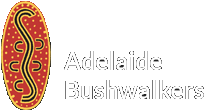
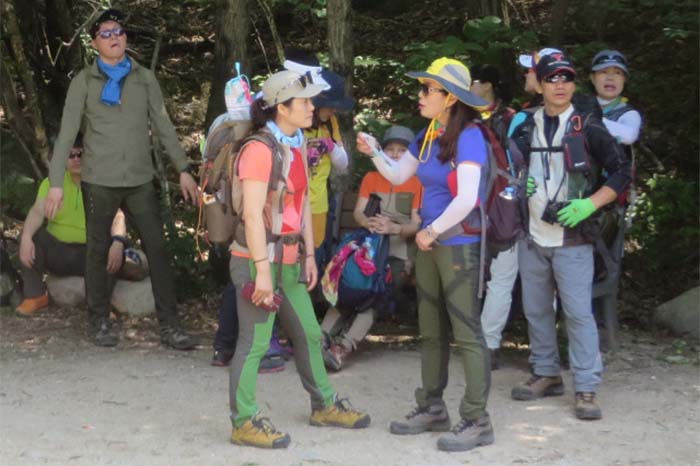
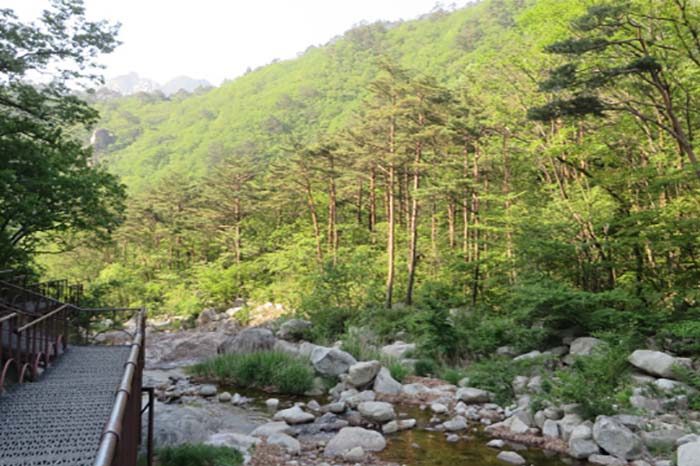
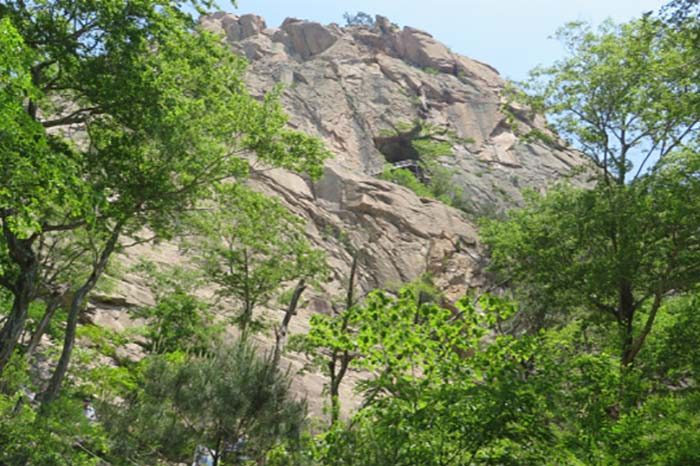
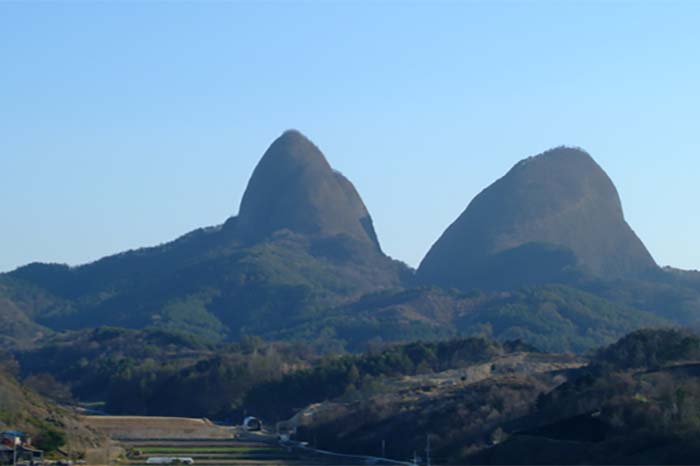
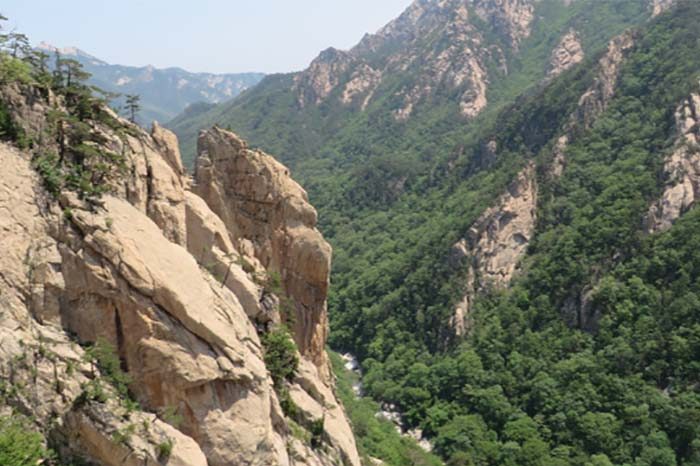
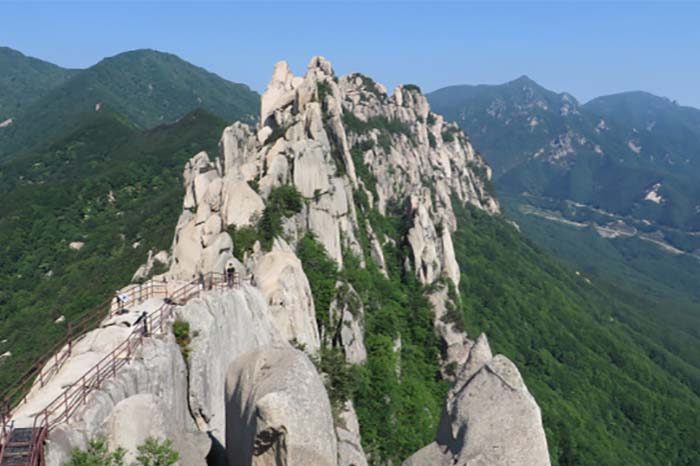
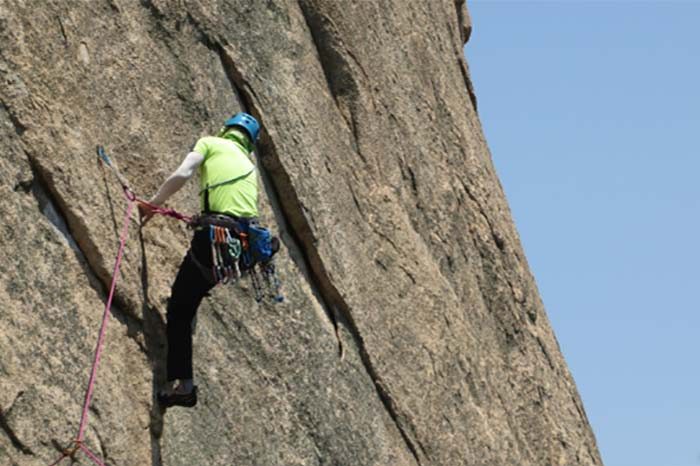
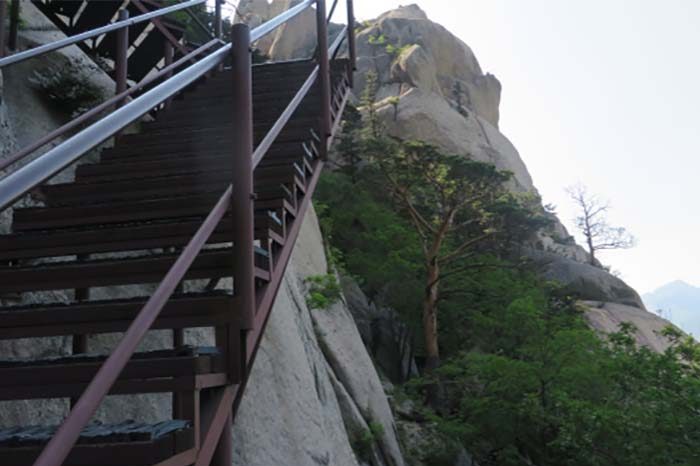
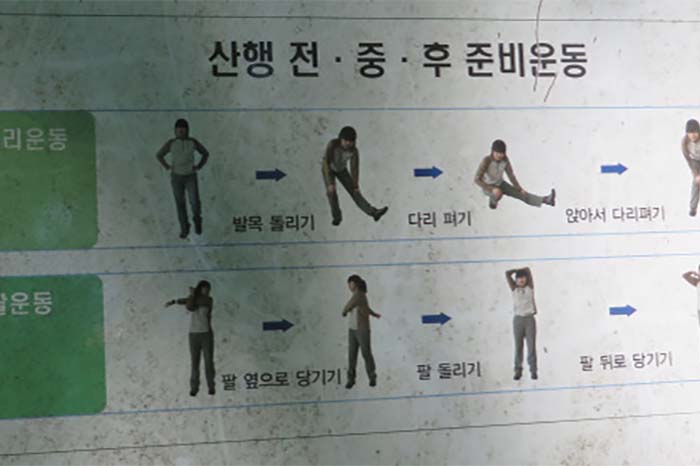
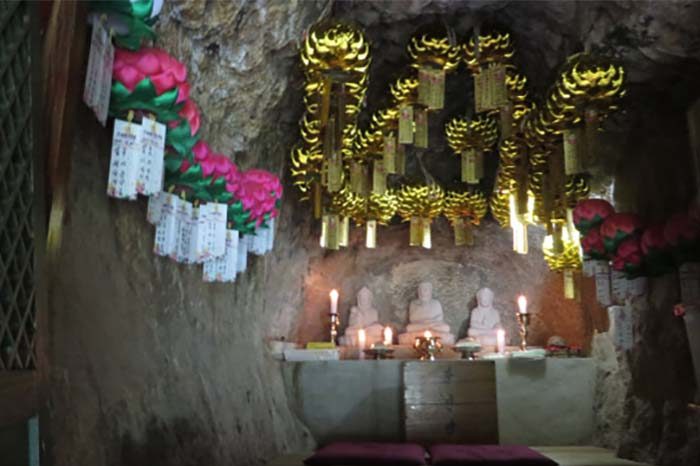
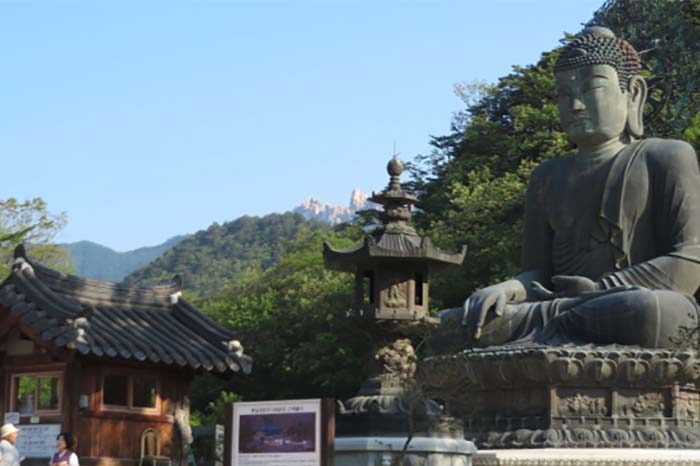
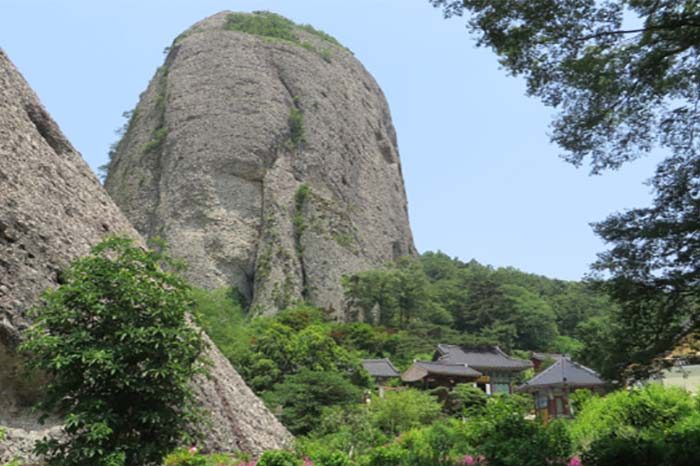
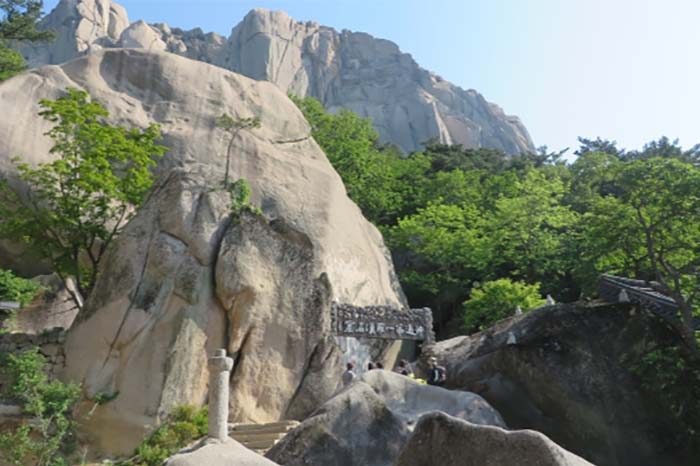
Comments (0)